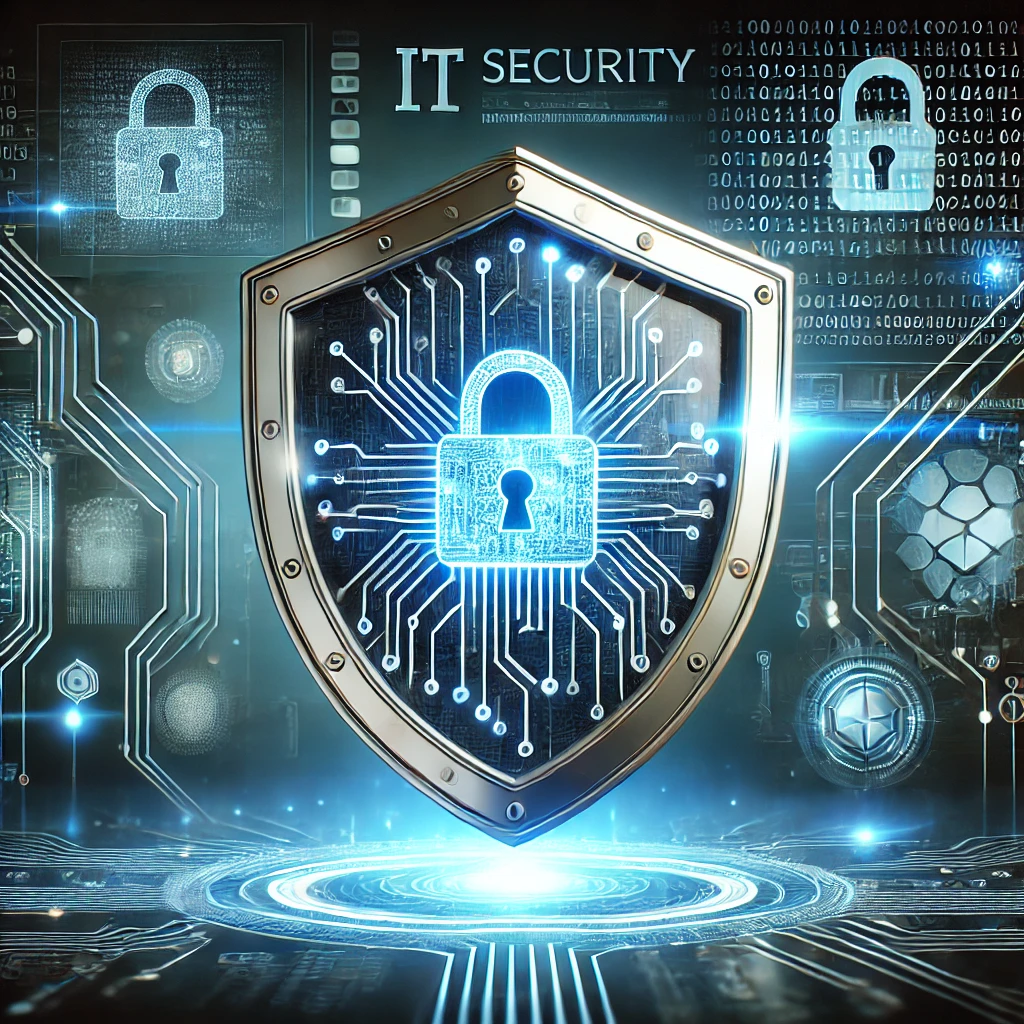
IT Security Essentials Every Business Owner Needs to Know
Many business owners assume cybercriminals only target large corporations, but small-to-medium businesses (SMBs) are just as vulnerable. In fact, smaller businesses often have fewer security measures in place, making them an easier target. A cyberattack can lead to:
- Data loss that disrupts business operations.
- Financial penalties from regulatory non-compliance.
- Reputational harm that erodes customer trust.
Protecting your business from cyber threats isn’t just about IT – it’s a critical business function. By implementing key security measures, you can reduce risk, ensure compliance, and safeguard your company’s future.
1. Strong Passwords & Multi-Factor Authentication (MFA)
The Risk: Weak or reused passwords provide hackers with easy access to your business systems. Without additional security layers, cybercriminals can gain entry through compromised credentials.
The Fix:
- Require strong, unique passwords for all accounts.
- Use a password manager to store and generate secure credentials.
- Enable multi-factor authentication (MFA) for all critical accounts to add an extra layer of security.
2. Regular Software & Security Updates
The Risk: Hackers exploit outdated software to infiltrate systems. Unpatched vulnerabilities in operating systems, applications, and security tools increase the risk of cyberattacks.
The Fix:
- Set up automatic updates for your operating systems, applications, and security software.
- Regularly check for and install critical security patches.
- Ensure that firewall and antivirus solutions are always up to date.
3. Employee Cybersecurity Training
The Risk: Employees are often the weakest link in cybersecurity. Without proper training, they may fall victim to phishing attacks or inadvertently expose sensitive data.
The Fix:
- Conduct regular cybersecurity training sessions to help employees recognise phishing emails and social engineering tactics.
- Implement policies that require verification before sharing sensitive information.
- Encourage a culture of security awareness where employees report suspicious activity.
4. Data Backup & Disaster Recovery Planning
The Risk: A ransomware attack, system failure, or accidental deletion can wipe out critical business data. Without backups, recovery becomes costly and, in some cases, impossible.
The Fix:
- Use secure cloud-based backup solutions to store copies of important business data.
- Follow the 3-2-1 backup rule: keep three copies of data, on two different types of storage, with one copy offsite.
- Regularly test your backups and disaster recovery plans to ensure quick restoration in case of an incident.
5. Network Security & Endpoint Protection
The Risk: Unsecured networks and devices can be entry points for cybercriminals, leading to data theft and system breaches.
The Fix:
- Secure your Wi-Fi network with a strong password and encryption settings.
- Use firewalls and virtual private networks (VPNs) to protect remote workers accessing company systems.
- Install endpoint protection software on all business devices to detect and prevent malware infections.
Protect Your Business Before It’s Too Late
IT security is not an optional expense – it’s a necessary investment in your business’s stability and reputation. Proactively addressing cybersecurity risks can prevent costly breaches, ensure compliance, and provide peace of mind.
Take the first step today. Use our free IT Risk Assessment tool to identify vulnerabilities and secure your business against evolving cyber threats. Need expert guidance? Book a free cybersecurity consultation with Support Stack and let’s build a stronger security foundation for your business.
